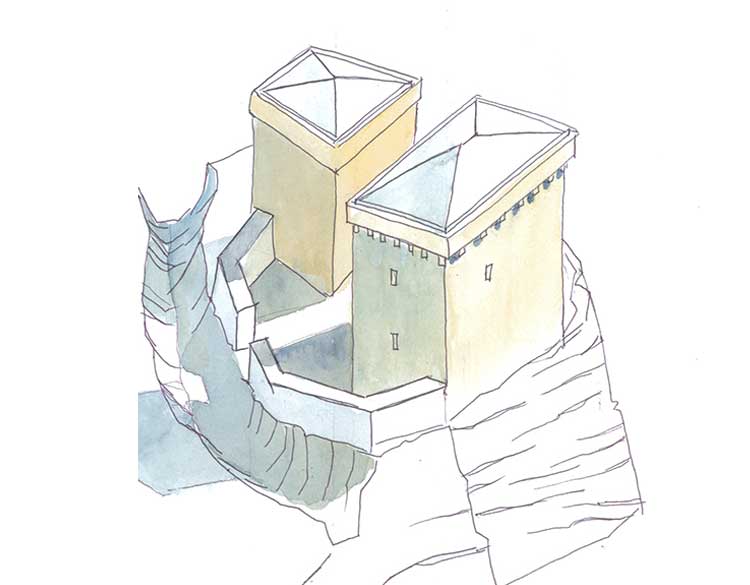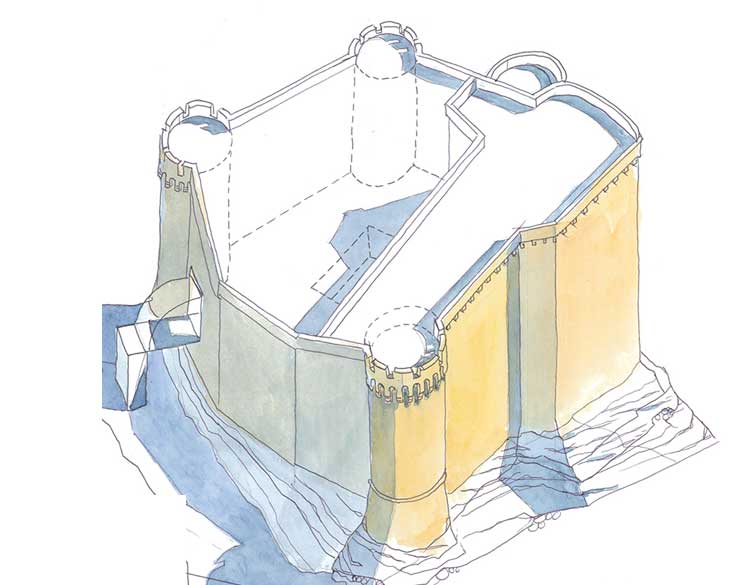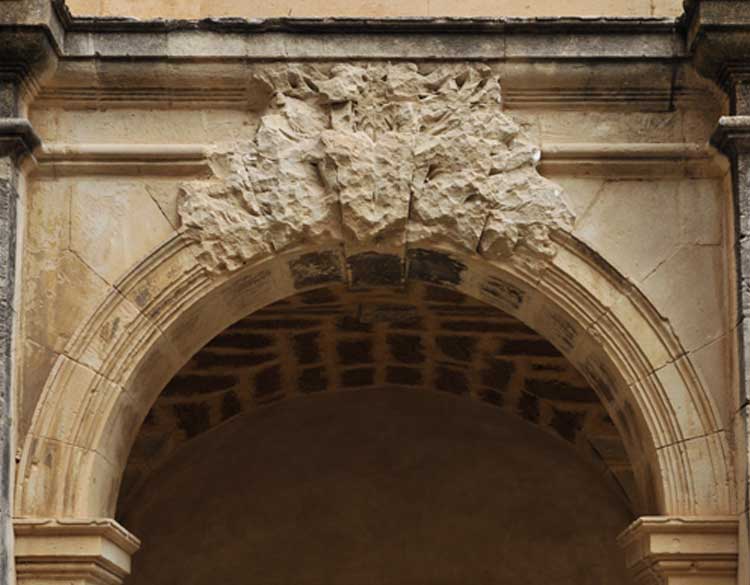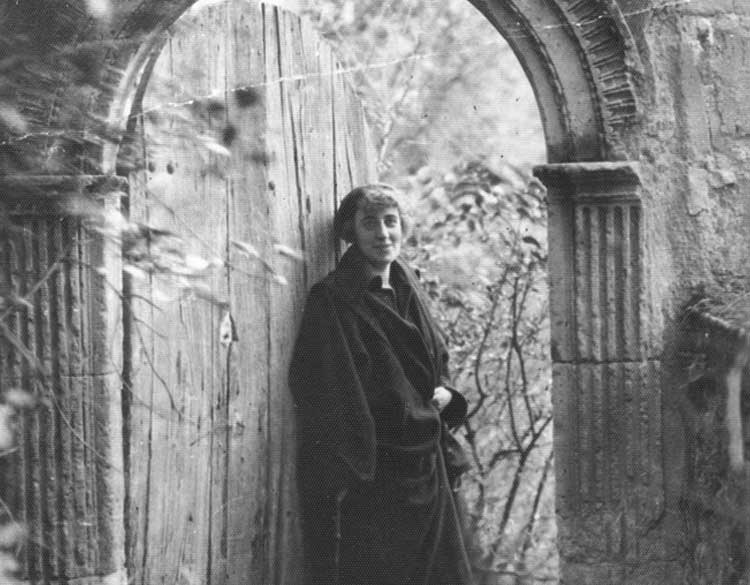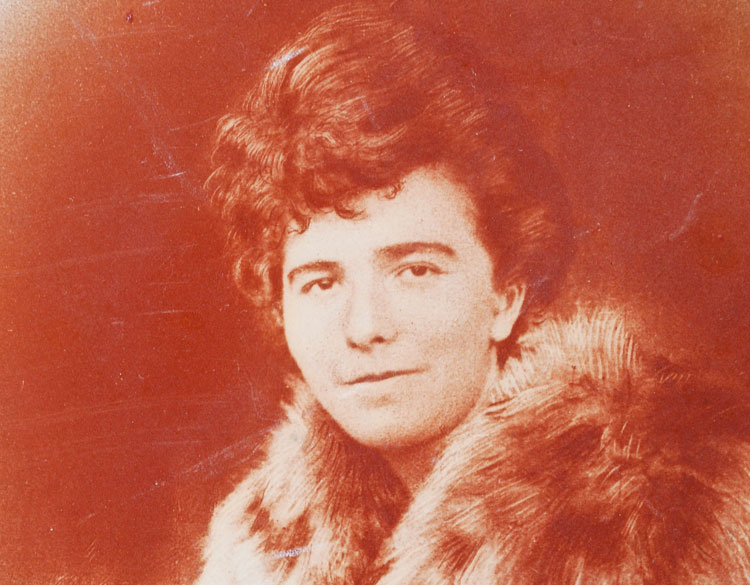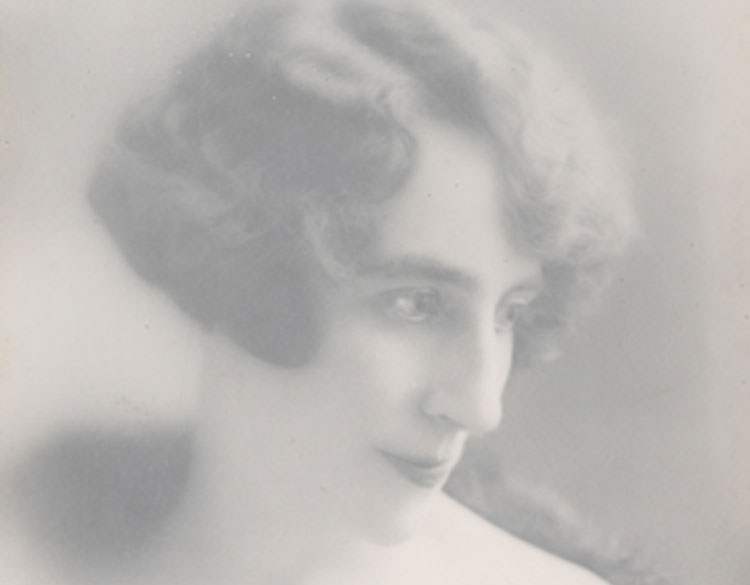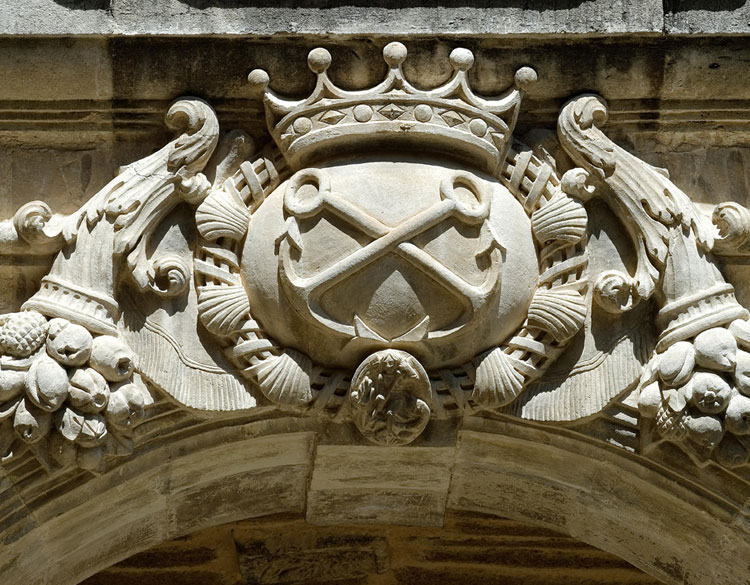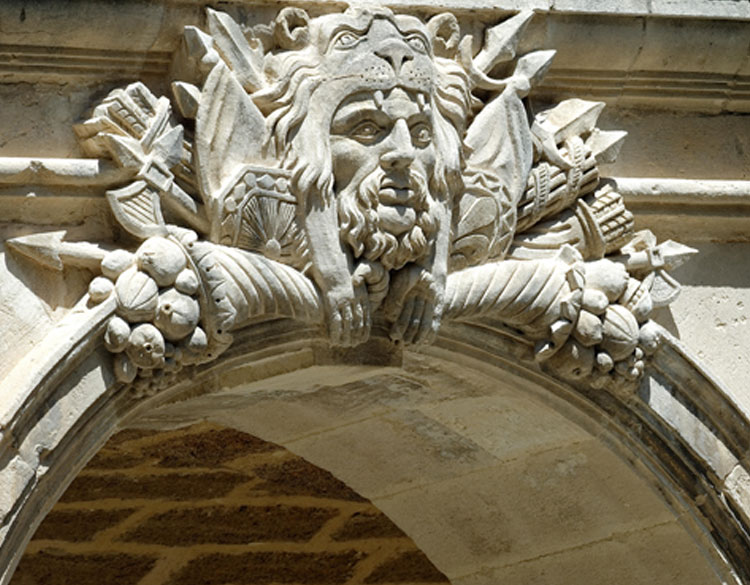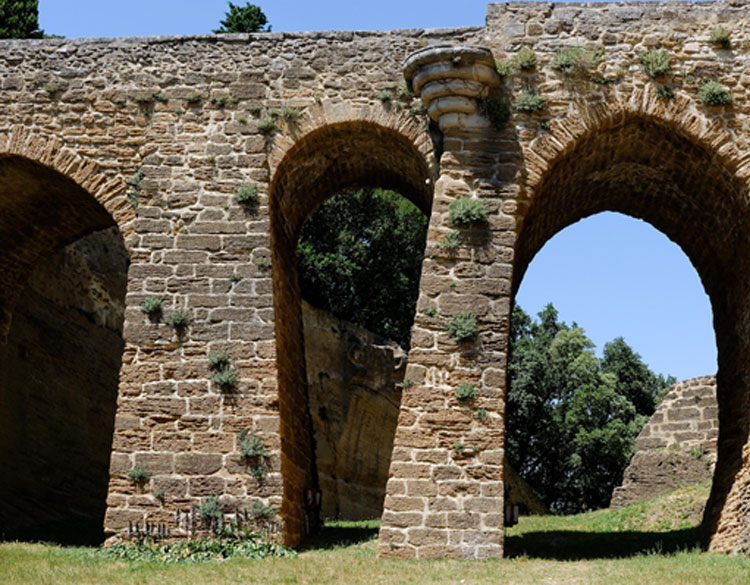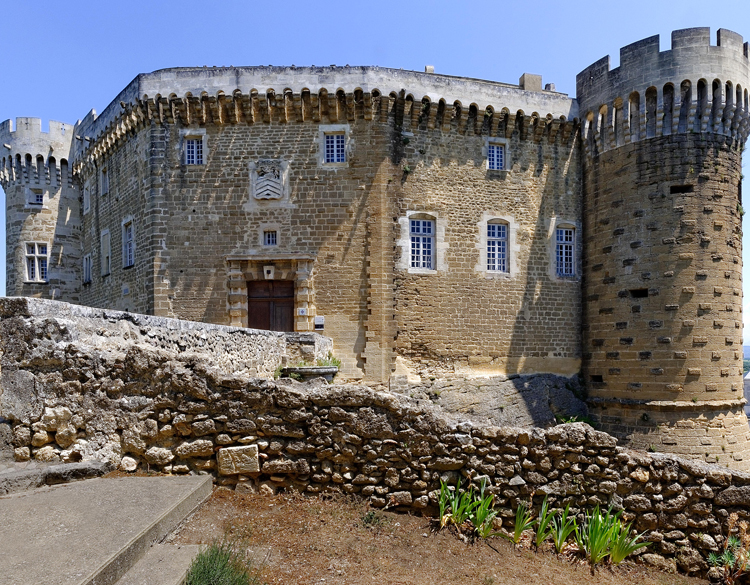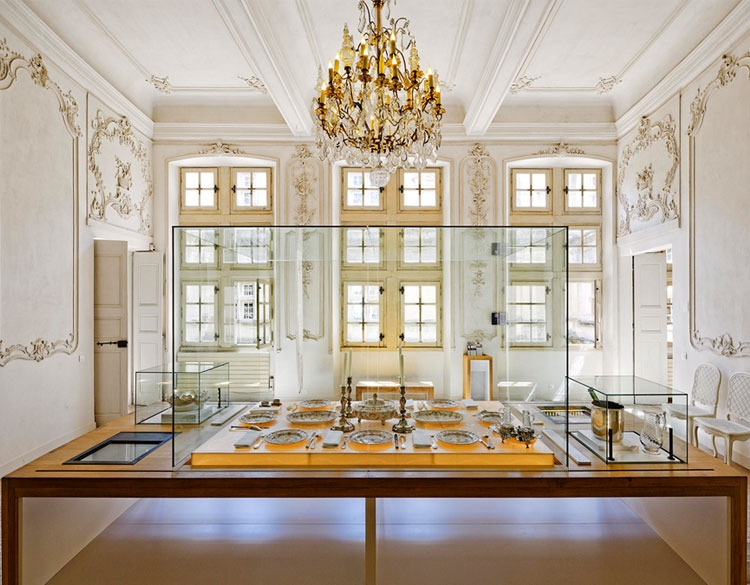A place, a story
The château of Suze-la-Rousse used to belong to the prestigious family of the Princes of Orange. The site was occupied as early as the Gallo-Roman period. The name of Suze first appeared in 852 in an imperial diploma of the Emperor Lothair: the Emperor Charlemagne is said to have given the land of Orange and its surrounding area (of which Suze was a dependency) to William Short Nose, his cousin.
In the 12th century, Tiburge, William's descendant, brought the land of Suze by marriage to Bertrand des Baux, Prince of Orange. In 1392, Raymond IV, Bishop of Saint-Paul, gave Suze to his niece Marguerite des Baux, dubbed the Red-Haired ("Rousse" in French), hence perhaps the origin of the name of the village...
However, it is more likely that the qualification "la Rousse" came from the colour of the stone used for the castle. In 1426, Marguerite's daughter, Antoinette, married Louis de La Baume. That was the start of the Baume-Suze's lineage. Count François de la Baume-Suze, Governor of Provence and passionate defender of the catholic cause during the Wars of Religion, was one of their most famous members.
The castle was only slightly damaged during the Revolution. Pierre Louis de La Baume-Suze died in Switzerland in 1797 at the age of 19. The castle therefore became the Isnards' property following the marriage between Aldonce-Julie, Pierre-Louis' sister, and Marquess des Isnards. This family undertook the first restoration projects.
Much later, their great-granddaughter Éliane married Baron Jean Gaspard de Witte whose daughter, the last lady of the manor, Germaine de Witte, wedded Marquess de Bryas who died during the First World War.
Marchioness de Bryas passed away in 1958 and bequeathed the castle to a charity, the Orphelins Apprentis d’Auteuil.
In 1964, the château of Suze-la-Rousse became a Listed Building (Monument Historique).
In 1965, it was bought by the Drôme Department.
The second floor of the château has been occupied since 1978 by the Wine University, an establishment for research and training in vines and wines.
read more
